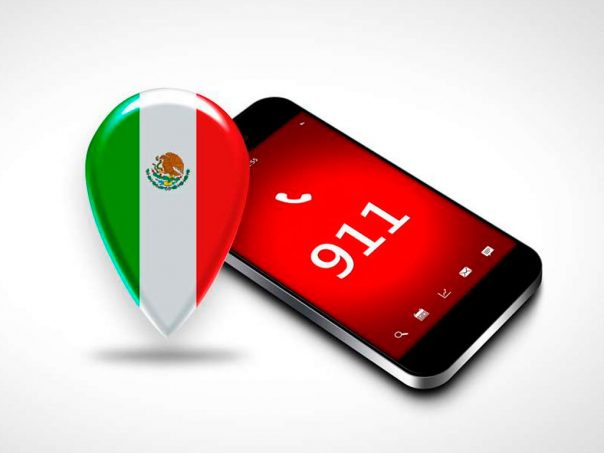Mexico’s new 911 emergency number became operational in Quintana Roo Monday Oct. 3, with similar activation to occur in Yucatan and Campeche in January.
The 911 number went live Monday in 16 states, replacing a similar service using 066.
The executive director of the National Public Security System (SNSP) said operators staffing the new service will have a catalogue that separates emergencies into three categories: medical, civil protection and security.
The new single emergency number, said Álvaro Vizcaíno Zamora, will allow authorities from the three levels of government to respond to any call effectively, promptly and in a coordinated manner.
Once fully operational, the 911 service will use 194 call centers located throughout the country, employing 3,000 operators and 300 supervisors in coordination with the integrated control centers of the states, known as C2, C4, or C5, explained Vizcaíno.
The new service is expected to bring reduced response times as all calls received will be automatically geo-referenced in order to connect them with their closest call center.
Having a unified number will also put a stop to duplicates and triplicates in emergency reports, as several first-response teams such as municipal police, fire department, Red Cross and Civil Protection offices often had to be contacted separately.
“With the implementation of 911 we fulfill a commitment made by President Enrique Peña Nieto, and heed the demand of the people for a quick, reliable and professional service able to respond to emergencies through a single and free-of-charge phone number,” said Vizcaíno.
Vizcaíno said emergency calls currently average 10 million a month, 90% of which are false.
Officially the new number will be written hyphenated as 9-1-1 to set it apart from a similar service in the U.S., authorities said.
Besides Quintana Roo, the 16 states getting the service first are Baja California, Coahuila, Colima, Chiapas, Chihuahua, Durango, Guanajuato, Morelos, Nayarit, Nuevo León, Oaxaca, Sonora, Tlaxcala, Puebla and Zacatecas.
The remaining states, including Yucatan and Campeche, will see service start in January.
Source: mexiconewsdaily.com




